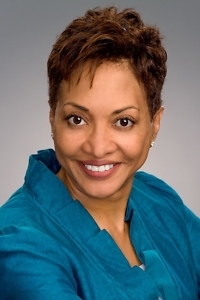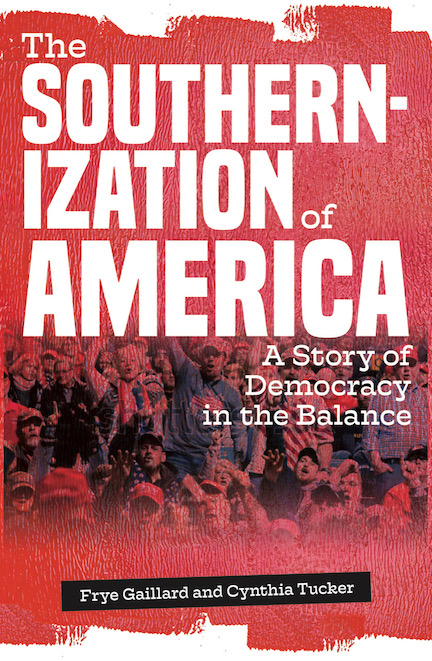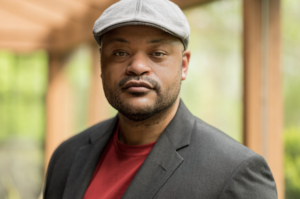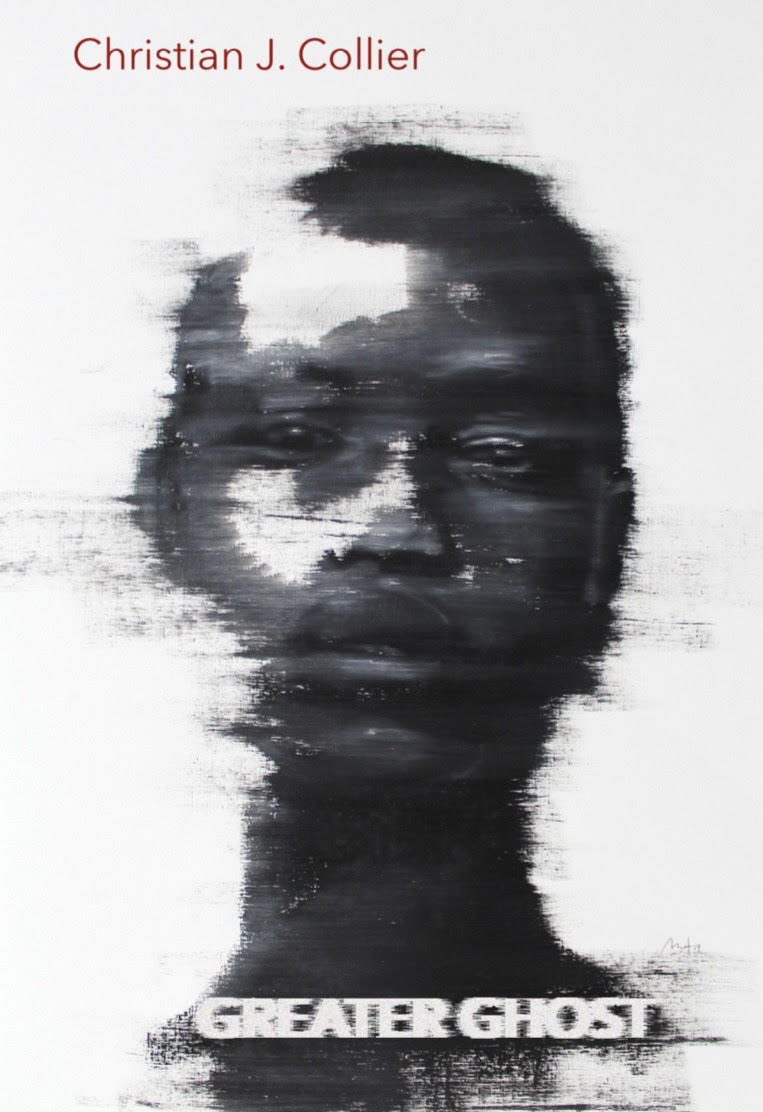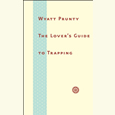Bringing People into the Room
Francesca T. Royster’s Black Country Music challenges boundaries
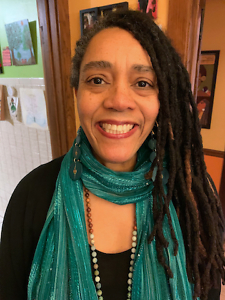
Francesca Royster opens Black Country Music: Listening for Revolutions with a recollection of attending a Chicago country music and barbecue festival in 2014. At one point, her heart “gave a lurch” when she recognized the tune of Lynyrd Skynyrd’s “Sweet Home Alabama.” Hearing the anthem of defiant white Southern nostalgia, she writes, “reminded me of all the reasons I felt wary as Black woman entering this country music space.”
And yet Royster was no stranger to country music. She spent much of her childhood in 1970s Nashville, where “country music was part of the grammar of living.”
Black Country Music delves deeply into the tensions, pleasures, and contradictions that Royster, as a Black queer woman, finds in country music as a genre and a cultural signifier. The book weaves history, criticism, and memoir into an elegant narrative that challenges assumptions about what country music can be.
Royster is a professor of English at DePaul University whose previous books include Sounding Like a No-No and Becoming Cleopatra. She answered questions from Chapter 16 via email:
Chapter 16: In Black Country Music, you write about some of your own experiences as a Black queer woman and note that that queer theory informed your approach to the book. Can you explain how those concepts are important to the story you want to tell about the music?
Francesca T. Royster: I rely a lot on José Esteban Muñoz’s writings about queer utopias (in his book Cruising Utopia), where he says queerness is the mourning and acknowledgment that the future we want isn’t there yet. There’s much to that concept in country music’s history and even its present, so I wanted to think about how as fans/listeners we make the world we want by the ways we listen and find ourselves even in the music that’s not “meant” for us.
I also really embrace the idea of pleasure, curiosity, and imaginative freedom I find in Black queer feminist writers and theorists like Alexis Pauline Gumbs (M Archive), Audre Lorde (“Uses of the Erotic”), and Saidiya Hartman (Wayward Lives, Beautiful Experiments). I use the lens of pleasure and queer worldmaking when I write about the erotic power of Tina Turner’s Tina Turns the Country On, or the ways that Valerie June’s music haunts me and makes me think about past lives and the ability to connect them, or Beyonce’s reembrace of anger and healing as a form of change in “Daddy Lessons.”
Even the way I listen to someone like Darius Rucker, listening out for vulnerability and intimacy in his voice and other aspects of his performance, is informed by queer theory (even though Darius might not think of it that way!). And then thinking about the joy that a very queer-informed performance like Lil Nas X’s “Jolene” or “Old Town Road” seems very important as a new way of thinking about country as a genre. It would be my guess that I’m not alone as a listener/fan of country music who listens to country stories and tunes and yearns for a different world. I wanted to write that book centering the experience of fans/listeners and also performers who might not feel immediately seen.
Chapter 16: You write about country music having roots in minstrelsy and how important it is to acknowledge that fact in order to grapple with “the fraught racialized histories of country music and bluegrass.” Does that legacy of minstrelsy, whether it’s acknowledged or not, still shape ideas about the music for both Black and white audiences?
Royster: Yes, I really think it does still shape Black and white audiences. For starters, minstrelsy’s history has been utilized to erase real Black lives and histories and, ultimately, to minimize the roles of Black people as creative and innovative artists. This is how minstrelsy in its history first “borrowed” from Black music and performance, imitating and ultimately caricaturing it, and eventually erased the role of the Black teachers who taught songs and ways of playing instruments like the banjo, originally a Black folk instrument with African roots. So that erasure affects the ways white artists have been centered [while] Black participation and innovation have been erased or marginalized, and that sets up a kind of pattern that continues to the present.
There’s also a way minstrelsy fed into ideas of “authenticity” and Black sound that limits the ways Black music is marketed and even the ways Black audiences hear themselves. It contributes to the idea that there are “natural” genres only for one group or another.
And finally, the psychic violence of minstrel blackface, as it has been utilized by early country music, may indeed feed the suspicion Black listeners might have of country music and the assumption that country music is racist and only for white (racist) people. Not everyone feels that way, of course. But many people do!
This is why the contemporary work of Taj Mahal, Jake Blount, The Carolina Chocolate Drops and Rhiannon Giddens, Our Native Daughters, and others reinventing the banjo, and also bringing to our consciousness its history, is so important.
Chapter 16: In the chapter “Black Country Music Afrofuturisms,” you note the contrast between the experiences of Mickey Guyton and Rissi Palmer, who speak about struggling for a voice within the music industry, and DeLila Black, who’s an independent artist doing her music her way solely through fan support. Do you think both approaches are important to the future of Black country music?
Royster: Yes, I think it’s important to have folks who are working around the edges, as well as the mainstream. Folks like Mickey and Rissi are demanding that Black folks are seen and heard and are holding the industry responsible for addressing racism when it comes our way. Rissi is doing important work with Color Me Country to bring in new artists and also to give old and new country artists and country-adjacent artists space to discuss and analyze their music and to be heard.
But we also need artists who have no allegiance to the genre or traditions of country per se, who are challenging its boundaries more directly and pushing the edges of things. There’s radical work that can be done outside of the mainstream, in part because energy doesn’t have to be spent getting mainstream labels or radio stations’ ears or translating messages so that they won’t offend. I think all of these tactics are so important for changing the future of country music and audiences.
Chapter 16: The chapter “How to Be an Outlaw” looks back at Beyoncé’s November 2016 appearance at the CMA Awards with the Chicks, which got a mixed response, especially coming at such a tense political moment. Given that our politics have only grown more fraught since then, how do you see the audience for country music evolving? Is it becoming more broadly inclusive or more segmented?
Royster: I am disturbed by the ways it seems our politics have become more fraught and the ways we are increasingly isolated from one another. Sappy though it may sound, I do think that music and music makers have the power of bringing people into the room in a way that other forms of communication can’t. I definitely think music is capable of inspiring us to think and feel deeply and to connect to one another across gulfs.
Music can bring people together into the same space — I hear that ability in Our Native Daughters, Rhiannon Giddens’ work with Silk Road Theater, or some of the efforts of Brandi Carlisle and Jason Isbell. And it can help us dream of new futures (like the music of Valerie June and DeLila Black). While I don’t know if I have a clear view of the country music audience broadly, I see these artists shaping and encouraging positive forms of community and connection that are bringing together many different groups.
Chapter 16: There are so many disparate threads woven through in this book — race, queerness, pop culture, and your personal story, as well as diverse artists and musical genres — yet it’s all wonderfully cohesive and conversational in tone. Can you share some thoughts on how you approached the writing?
Royster: Thanks for this question! I wanted to offer up an analysis that got at the feeling of being a country music fan, and really to demonstrate the ways country music is a part of my life and the ways I see the world as a Black queer woman who lives in an urban space and can be part of my own queer worldmaking — making the world I want. So I’m trying to challenge that idea of the “average” country music listener. I think that just challenging the portrait of that average listener can be subversive!
I wanted to also offer up a kind of writing that’s vulnerable and that attempts to tell hard stories truthfully — something I admire in the best country music. And finally, because music is so much a part of my life, and the way I approach my family, I wanted to weave in all these threads to demonstrate the broader way that music exists and functions for listeners, linked to all of these histories and aspects of everyday life.
Chapter 16: Black Country Music covers a lot of material, but it just scratches the surface of a very rich vein of musical history and current culture. What stories do you see still waiting to be told?
Royster: I would love to hear more from queer artists of color who are making country and country-adjacent music. More country songs with same-sex pronouns! It shocks me that Lil Nas X’s coming out is still controversial. I also hope he writes a memoir one of these days! I would love to read someday a narrative of The Black Opry Revue: what has it been like from a performer’s point of view to travel all over the country, singing country music. Hopes, fears, etc.

Maria Browning is a fifth-generation Tennessean who grew up in Erin and Nashville. Her work has appeared in Guernica, The Los Angeles Review of Books, Literary Hub, and The New York Times. She’s the editor of Chapter 16.

